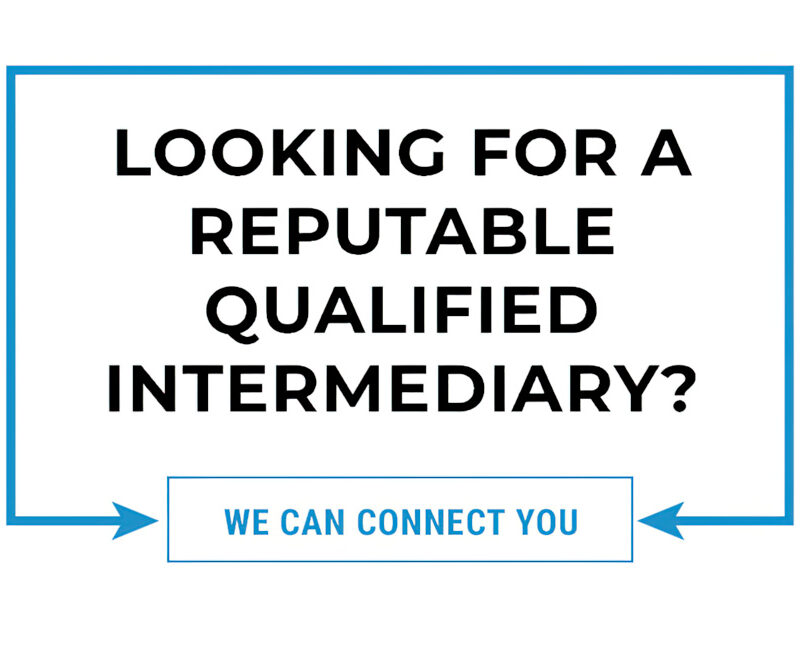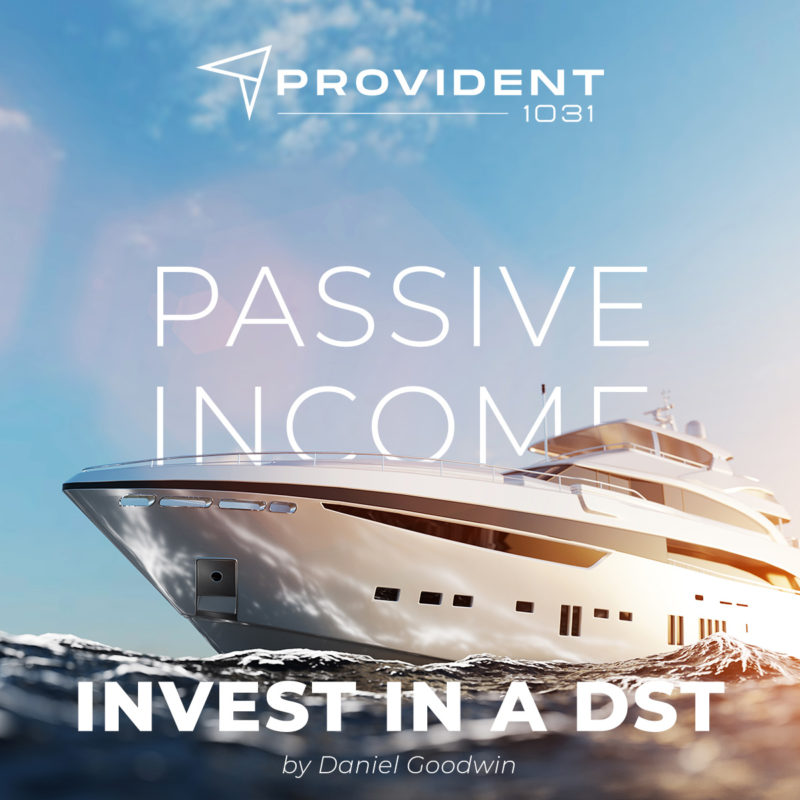PIG Out Your 1031 Exchange

Every fall, we send a letter to our clients and invite them and their CPA into our office for proactive tax planning. But, unfortunately, very few people actually sit down in a strategy meeting with their financial advisor and their CPA BEFORE the year is over.
In this meeting, they should run tax projections for the year and ask what can be done before the end of the year to manage and or mitigate taxes.
Sometimes a PIG (passive income generator) could be exactly what’s in order.
I’ll explain…
In many cases, managing your taxable income, tax rate, and effective amount of taxes being paid means identifying specific strategies that can lower your taxable income.
One such strategy is to use a passive income generator (PIG) to effectively carry forward passive activity losses (PAL’s) and offset qualifying income that qualifies as a passive income generator or PIG.
You might be using income-generating investments now that generate income that is taxed at the ordinary income or capital gains tax rates. Consider shifting those resources into investments like a Delaware Statutory Trust (DST), which CPAs understand qualify as a PIG.
A PIG could potentially go a long way in managing taxable income and carrying forward passive losses to offset current income needed for living and other expenses. With this strategy, the income from the PIG is effectively tax-free up to the amount of the PAL or passive activity losses. Wealthy investors have used legal strategies like this for years, so why not you?
This strategy goes back to the Reagan 1986 Tax Reform. Our passive activity laws passed in 1986 were enacted to prevent investors from using significant losses as tax shelters in the early years of the investments. Before these laws were passed, many creative CPAs and Tax Attorneys could cut their wealthy investors’ tax bills down to very low tax liability and sometimes downs to nothing under the new laws of the 1986 Tax Reform. Those losses were only available to full-time real estate professionals.
Many real estate investors know the tax benefits of the “Real Estate Professional” status. This status is determined based upon the number of hours spent participating in the real estate trade, and it provides several possible tax benefits for the real estate investor that are not available to passive investors who are not using a PIG to generate income.
To qualify as a real estate professional, you must spend at least 750 hours in a real estate trade or business, and more than half your total working hours must be in a real estate trade or business. Due to these requirements, many investors who work a full-time job or full-time in another business that is not real estate-related will not be allowed the same tax breaks and write-off capabilities afforded to a full-time real estate professional.
Anyone can use a PIG to bring forward PAL’s as a strategy for Tax-Advantaged Income.
To take advantage of these losses, taxpayers with eligible passive activity losses PAL’s may be able to pair those losses with passive income generating PIG investments. Referred to by some as PIG-PAL investing, this strategy allows an investor’s passive income to be offset by passive losses and on a dollar-for-dollar basis. The passive losses effectively shelter the passive income from tax to generate tax-advantaged income. There currently exists no limitation on the amount of passive income and passive losses that can be offset annually.
For comprehensive planning and tax-advantaged real estate strategies such as DST’s REITs, Private Equity, Qualified Opportunity Zone, and/or PIG investments, reach out to our team at www.Provident1031.com or call our office at 281.466.4843
Provident1031 does not provide tax advice, but our network of CPAs are well versed in creative planning for tax-efficient income using real estate, PIG’s and other tax-advantaged income strategies.





